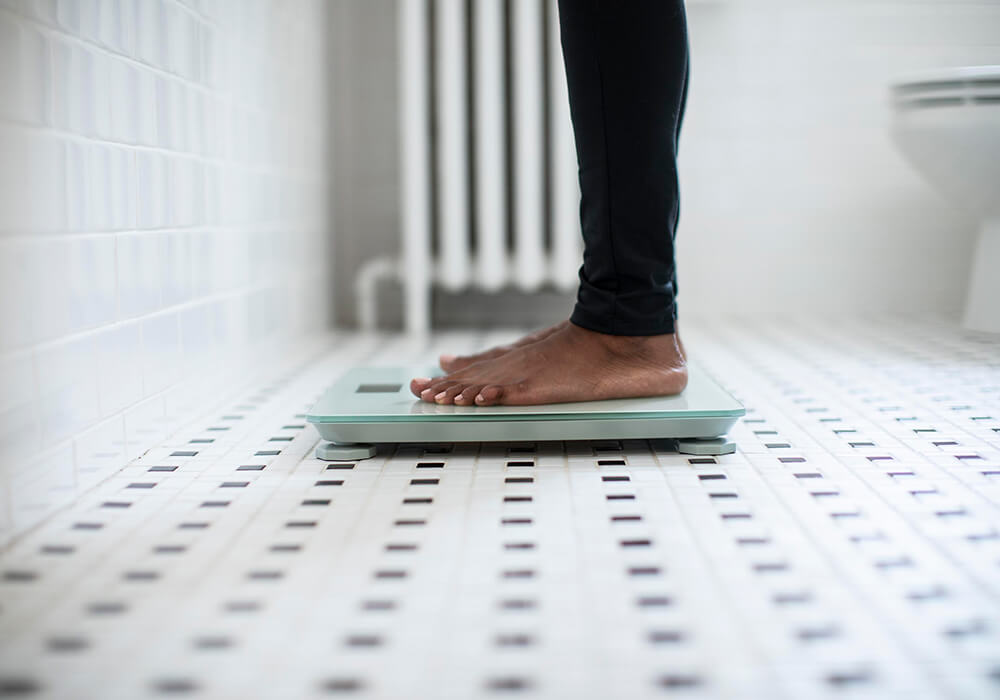The promise of IoT in health care
Even though the United States spends $260 billion each year on preventive care,1 most people put off going to the doctor until they’re feeling ill. Fitting an appointment into busy schedules can be a hassle, and health care costs are prohibitive for many. Often a single check-up with a primary care provider is the only health system interaction a person will have in a year — 365 days of health boiled down into a 10-minute conversation.
In this model, it’s inevitable that information that could alter your health journey could be missed: Early signs of a disease may go undetected, opportunities to sustain healthy choices may be overlooked and engagement in programs to improve health may be unexplored. However, many people these days are taking their health into their own hands with wearable devices and smartphone apps that deliver on-demand health data and insights. The continuous care that these insights enable has the potential to be life changing.
Enabling continuous care
Senior Distinguished Engineer Stephen Graham explains how PGHD can become a game changer in health care.
What is the IoT?
The Internet of Things (IoT) involves the capture and processing of data from network-connected devices through specially designed applications. In the context of health care, the IoT enables patient-generated health data (PGHD) from devices worn by people for fitness or medical purposes, sensors in the home and health-related smartphone applications. This form of nontraditional health data — and the resulting insights — is beginning to empower both health care providers and patients to better manage medical conditions, prevent future disease and personalize how we deliver care.
Use cases
-
OR
-
OR
-
OR
-
OR
Improve the health care experience
By harnessing the power of connected devices and the secure exchange of real-time PGHD, the IoT is changing the future of health care. Connected devices have the power to paint a clearer picture of health by giving insight into data about behavioral, social and environmental factors that shape an individual’s health. Whether individuals are seeking to more proactively manage chronic conditions on a daily basis, keep tabs on the well-being of an aging or disabled loved one or just stay more engaged with their care providers, IoT-connected devices and the PGHD they generate can improve the health care experience for all types of patients — and enrich those short annual check-ups with a much more personalized and action-oriented treatment or wellness plan.
The promise of IoT in health care
- Centers for Disease Control and Prevention. Preventive health care https://www.cdc.gov/healthcommunication/toolstemplates/
entertainmented/tips/preventivehealth.html. Published Sept. 15, 2017. Accessed May 6, 2019. - Centers for Disease Control and Prevention. Chronic diseases in America. https://www.cdc.gov/chronicdisease/resources/infographic/chronic-diseases.htm. Published Apr. 15, 2019. Accessed Apr. 23, 2019.
- Centers for Disease Control and Prevention. High blood pressure fact sheet. https://www.cdc.gov/dhdsp/data_statistics/fact_sheets/fs_bloodpressure.htm. Published June 16, 2016. Accessed Apr. 23, 2019.
- Centers for Disease Control and Prevention. About diabetes. https://www.cdc.gov/diabetes/basics/diabetes.html. Published June 1, 2017. Accessed Apr. 23, 2019.
- Mayo Clinic. Nearly 7 in 10 Americans take prescription drugs, Mayo Clinic, Olmsted Medical Center find. https://newsnetwork.mayoclinic.org/discussion/nearly-7-in-10-americans-take-prescription-drugs-mayo-clinic-olmsted-medical-center-find/. Published June 19, 2013. Accessed Apr. 23, 2019.
- Centers for Disease Control and Prevention. CDC grand rounds: Improving medication adherence for chronic disease management – Innovations and opportunities. https://www.cdc.gov/mmwr/volumes/66/wr/mm6645a2.htm. Published Nov. 17, 2017. Accessed Apr. 23, 2019.
- Journalist’s Resource. Home health care: Research behind the high-demand, low-pay occupation. https://journalistsresource.org/studies/government/health-care/home-health-care-availability-turnover/. Published Nov. 14, 2018. Accessed May 23, 2019.
Tag: Operational Leaders, Health plans, Technology Leaders, Data & Analytics, Articles and blogs, Data and analytics, Strategy Transformational Leaders, Providers, Executive Insights, AE 20.7 OptumIQ, OptumIQ, Clinical Leaders, data and analytics capabilities, Articles, Financial Leaders



